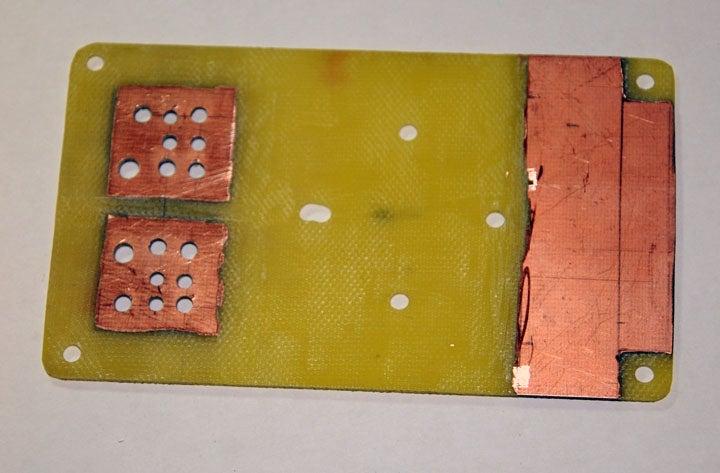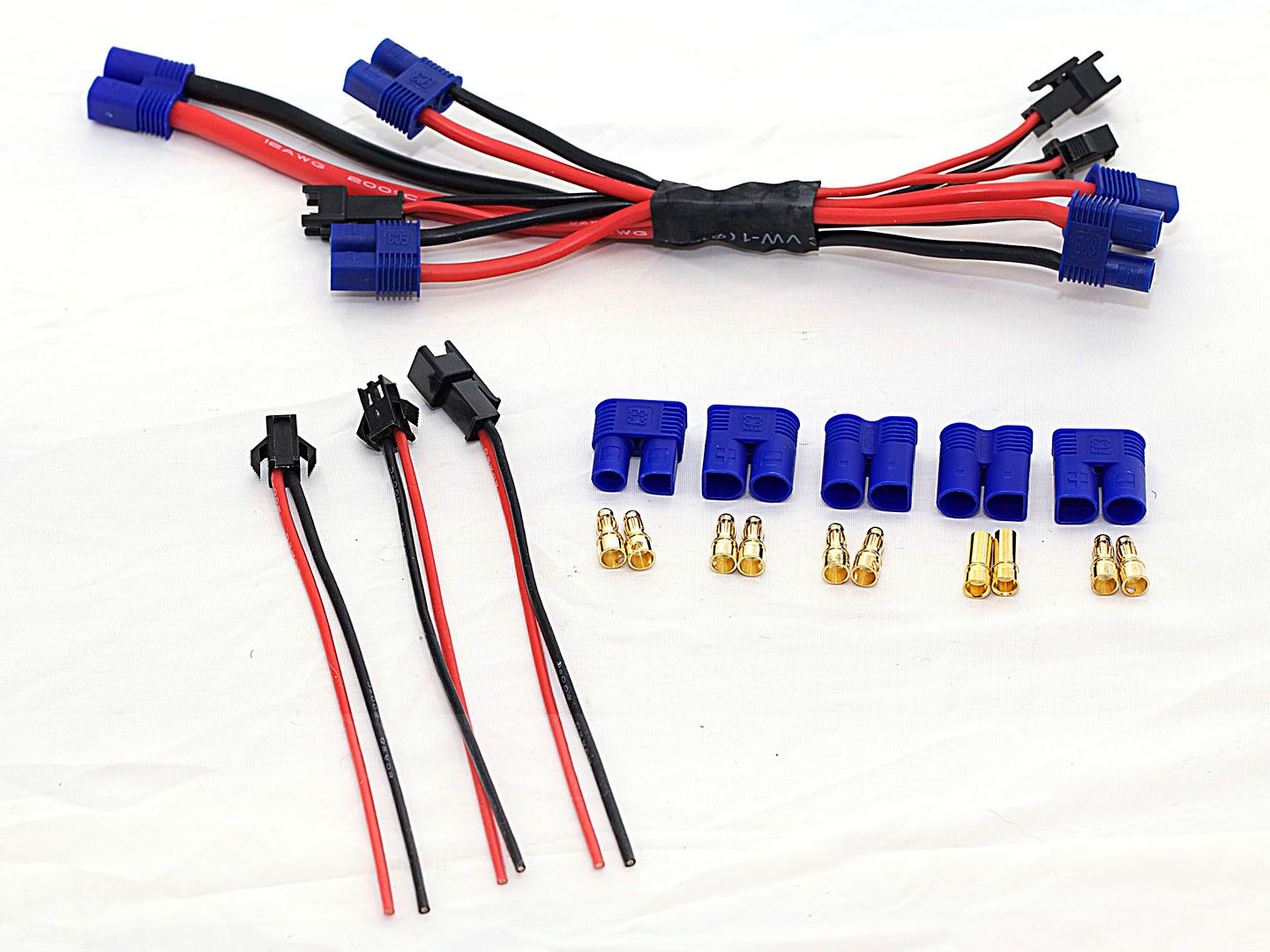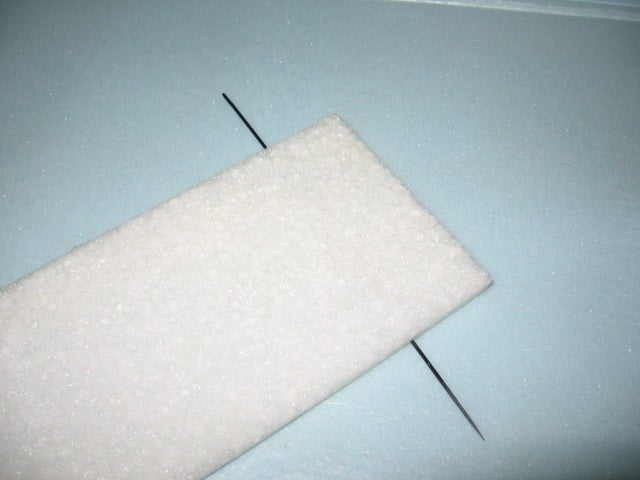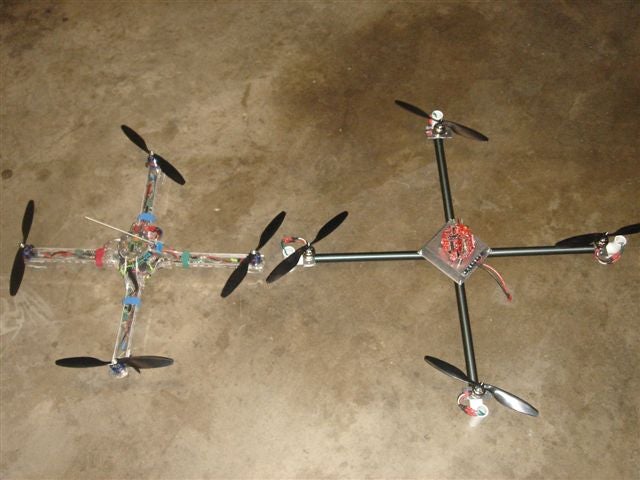So I found out my friend, coworker, and top-notch photographer
Josh Anon was planning another photo expedition. This wasn't news... he's been all over the world taking pictures and is highly regarded by people who know a lot about photography. One of my favorites is his shot of Horsetail Falls in Yosemite, with the water catching the light of the evening sun and giving the appearance of a waterfall made of fire. There's only a couple of days in the year where the angle of the sunlight makes this possible, and those are in February when the sky is usually dreary and overcast. It's so rare that it's even written up on Snopes as a possible urban legend!
What was new, however, is that he was thinking of
taking an RC helicopter along in order to take some aerial photographs. He rented a helicopter in Iceland, with some
pretty stunning results. But for an upcoming expedition to another remote location, he was quoted a cost of in the range of $100,000 per week. Nice work if you can get it!
Fortunately, he happened to mention this on his Facebook. I was really excited by this -- one of the things that got me started in RC last year was David Windestål's
beautiful videos taken in Sweden. I wanted to do the same thing with some of the great scenery around the Bay Area. In addition, I've always been interested in flying and flight control, and I really wanted to learn more about how autonomous flight systems worked, and try building a system for myself.
So, I immediately sent Josh a note, and told him I would love to work with him on this project. He agreed, we worked out a plan, picked a name, and so here we are! I'll blog more details in upcoming posts, but for now I just want to announce the birth of the Arcticopter Project.






































